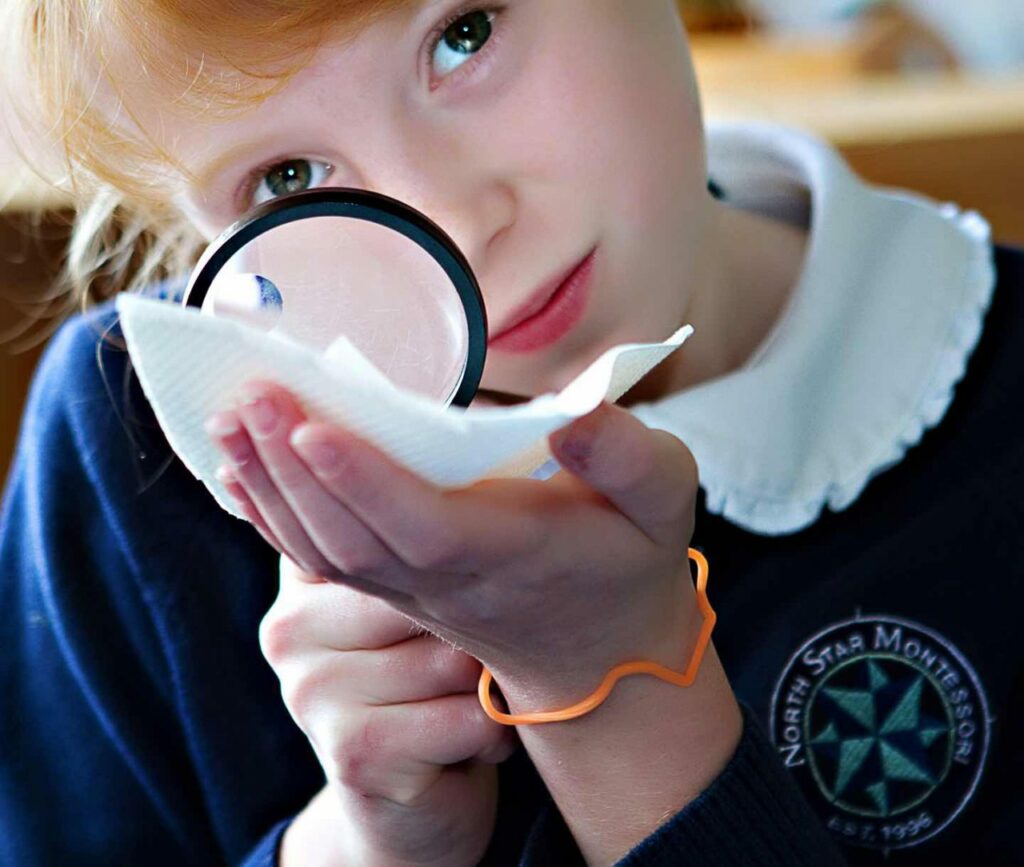September is known as a very stressful month for parents and kids, so let’s make a plan to reduce the stressors and lower the anxiety in your home. Unfortunately the stresses releated to the pandemic have not ended and some people have more anxiety than ever about going Back to School.
First, it’s important to remember that anxiety is not something we choose.
The truth is that a part of our brain, called the amygdala, acts like an alarm and is there to protect us. When we feel stressed, the amygdala believes that we are in danger and activates the fight (yelling, hitting, kicking, arguing), flight (running away), or freeze (refuses to move or get out of the car) response.
We need to teach our children before school starts about their worry voice. We need to help them externalize it, so they see it as something they can have power over. We can do this by naming it. For younger children, I like to call it a Worry Imp (imps are imaginative little creatures that like to play mischievous tricks). Your child may wish to call it a Worry Bug, a Worry Gremlin etc. or for older kids, a Worry Voice, or just calling it “Anxiety” externalizes it.
10 tips to help calm anxiety
Tip #1 Have your child give the worry voice a name.
They could also draw a picture of this worry voice/creature and draw it inside a trap, such as a cage, to show that they are going to be the boss of this worry voice!
Next, we need to let our children know that the amygdala or “alarm” often gets confused between true emergencies and false alarms. Whenever the amygdala senses that we are nervous or stressed, it thinks we are in danger and activates our fight, flight or freeze response mistakenly.
Tip #2 Is it a true alarm or a false alarm?
When your child is worried, try to use humor about it being the Worry Imp (or insert name of their worry voice) and ask if it’s really a true alarm or is it a false alarm?! For older kids, ask them if it could be their anxiety voice at work?
One way of disproving the worry voice is to use facts and evidence. If they were a lawyer versus the worry voice, what evidence would they use to show that going back to school is not a dangerous activity? I.e. How have they managed in the past? What’s the worst that could happen?
https://new.bcparent.ca/2019/07/31/back-to-school-is-coming/
Tip #3 Use facts and evidence.
If your children can read, then write out a list of facts and evidence as to why they can handle it. For younger children, draw pictures and make it into a little book. Use examples from previous times when your child proved the Worry Voice wrong.
Our thoughts create our feelings and our feelings create our actions. Thoughts are just thoughts, they are not facts. Convert “What if I’m not in the same class as my best friends?”, which will create worried feelings, to “Even if I’m not in the same class as my best friends, I can still see them at recess and I can make new friends.”
Tip #4 Encourage your child to change unhelpful thoughts to helpful thoughts.
Anxiety is about the future. It’s about a perceived threat that has not yet happened and may not happen. I.e. “What if I don’t understand any of the school work?” “What if everyone stares at me and makes fun of me?” Remind your child, that their Worry Voice doesn’t have the power to predict the future and neither do they! We can choose to think about all the worst-case scenarios which will just make us feel bad or we can trust that things are going to work out okay and stay in the present.
Tip #5 Help your child to stay in the present with their thoughts.
On the first day of school, have them play a game with you where they name five things they can see, four things they can touch, three things they can hear, two things they can smell and one thing they can taste.
When we are stressed, we take shallow, quick breaths which further alerts the amygdala alarm. To let the amygdala know that this is a “false alarm”, to reset, we need to take long, slow deep breaths. We can also do progressive muscle relaxation which involves inhaling and tightening all our muscles for a few seconds and then exhaling and physically shaking out our body. Repeat this a few times to achieve a more relaxed state.
Tip #6 Explain to your child why taking long, deep breaths is helpful and have them practice in the weeks leading up to school.
Listening to an app with a relaxing, breathing meditation, as part of the bedtime routine, can be very beneficial.
When things are unknown, they feel scary. Visiting the school, playing in the school playground, researching the school website, meeting the principal, office assistant, teacher etc. can all help to increase comfortability.
Tip #7 Help your child to become as familiar with the school as possible.
Sensitive kids are quick to sense the energy around them. Be mindful of your own energy – be as calm as possible. Give the message to your children that you believe in their capabilities!
Tip #8 Create a sense of calm in yourself and your environment.
Be organized for the first day of school and plan to be early. It’s better to be early and playing on the swings than rushing, late and unprepared.
For younger children experiencing separation anxiety, read some books ahead of time to remind them that we are always connected to the people we love, even when we’re not in the same space. (Recommended books: The Invisible String by Patrice Karst and The Kissing Hand by Audrey Penn). They can also take something to keep in their backpack that reminds them of home. You can also write a note for their lunch box. For non-readers, teach them that a drawing of an eye, a heart, and the letter “U” means “I love you”. For teens, you can send a text or fun image to let them know that you’re thinking of them. Be sure they know, who will be picking them up and what fun activity you’re going to do together, once school is finished for the day.
Tip #9 Think of ways to show connection even when you’re apart.
Distraction can be helpful when one is highly distressed. The night before school, you could watch a family movie, or play in a park but be sure to get your child to bed early. They may need help visualizing a favourite family vacation or their “happy place” to help them fall asleep.
Tip #10 Use visualizations of a happy place or a happy experience to calm your child.
Sharon Selby, MA, is a Registered Clinical Counsellor, with over 20 years’ experience counseling children and families. She is the author of the children’s book, Surfing the Worry Imp’s Wave, where you can find more information about the strategies recommended in this article. To receive her free ebook: 8 Common Mistakes to Avoid When Your Child is Anxious, go to www.SharonSelby.com/free










